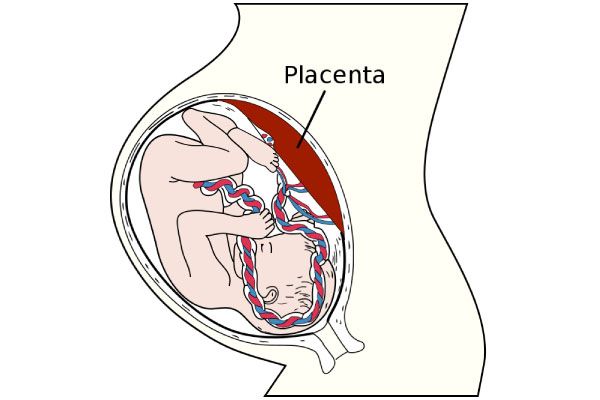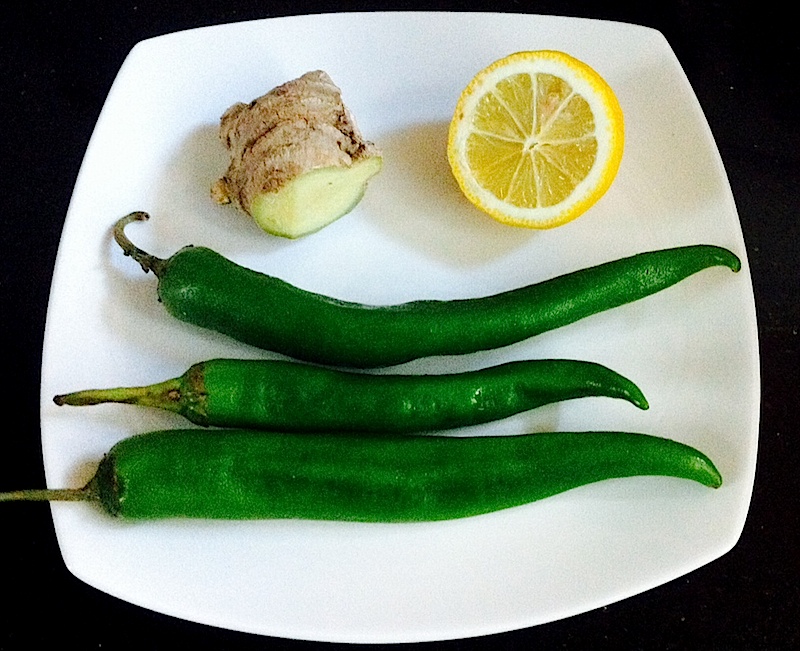After the controversy surrounding American mother Melissa Grenham, who was denied the right, and then allowed, to consume her own placenta after giving birth at Hong Kong’s Queen Mary Hospital in August, Coconuts Hong Kong investigates the pros, cons and unknowns of placentophagy.
Over two years ago, Clara Montesinos was pregnant with her first child. The Canadian-Hongkonger had a non-typical post-labour experience: she elected to ingest her afterbirth. Why? Her chief motivation was lactation.
Due to complications, the former English teacher had a cesarean, which can affect a mother’s ability to generate milk naturally. After much research online about placentophagy and discussions among friends, Clara decided to try something different. “It was the one thing that I knew would help with my milk supply,” Clara told Coconuts. A placenta preparer was hired.
On a Wednesday afternoon, Clara gave birth to a girl at St Paul’s Hospital in Causeway Bay. Following the birth, the organ was handed over to a placenta specialist waiting outside the room, placed in a cool bag, and whisked off to the Clara’s kitchen for preparation. Soon the new parent was clutching a raw smoothie blend of fruits, yoghurt and a small splicing of her just-released placenta.
“I admit that during the first sip into my smoothie I thought: ‘I can’t believe I’m doing this, oh my god,’” laughs Clara. Was it red and bloody? “No, because blueberries were in it.” Her husband had a sip and thought it tasted good.

The placenta specialist also transformed the organ into 82 supplements. Clara is convinced they minimised her postpartum depression, boosted her milk supply (which arrived around three days after her caesarean) and increased her energy levels. “There were days when I felt so tired that I couldn’t get out of bed but then I’d take some of the placenta supplements and I felt better,” she said. However, as this is Clara’s first child, she admits she has nothing to compare it to. “I don’t have full medical proof on whether it did any good, but it definitely didn’t do any harm.”
Even though the consumption of afterbirth has been documented as occurring frequently in the wild, human placentaphagia remains an obscure, and somewhat taboo, practice. The majority of women find the idea repugnant, yet it is gradually becoming more popular all over the world, including in Hong Kong.
It’s also stirring controversy. The recent case of Melissa Grenham, who wished to encapsulate her placenta in Hong Kong, garnered headlines and was ensnared in afterbirth politics when her maternity ward at Queen Mary Hospital withheld the organ on the grounds that it had “to comply with the law” and “to ensure public health and public interests are safeguarded,” according to the SCMP. The placenta was viewed as “medical waste”, and therefore the hospital said it had a responsibility to dispose of it correctly.
In Hong Kong, it’s legal to consume your own placenta, but, of course, the commercial trade of any organ is prohibited. The city doesn’t have a specified law that regulates placenta consumption among patients, but several private hospitals will save the afterbirth for the mother provided the patient completes the necessary paperwork. Grenham eventually got the hospital to relinquish the organ.

Liz Purnell-Webb of A Mother’s Touch
One Hong Kong specialist who tends to such needs is Liz Purnell-Webb of A Mother’s Touch, a provider of various maternity-related services, including placenta preparations. She trained at Independent Placenta Encapsulation Network (IPEN) in the UK.
Purnell-Webb credits the “hippies” in the 1960s with bringing the practice from the West to the East, but even then, she says the concept was polarising for mainstream mothers. She claims the recent resurgence is due to the more palatable method to consuming placenta via encapsulation. “Mothers have no problem taking capsules, regardless of what’s in it.”
In her work, Purnell-Webb has observed two common benefits reported by mothers who consume their own placentas: an increase in breast milk production thanks to the placenta’s hormones, and restored energy levels from the iron-rich organ. Another often reported benefit is mitigating the baby blues. “After birthing there’s a depletion [of hormones] because your placenta is taken away, but if you’re replenishing, you don’t experience that drop,” she explained.
However the benefits extolled by placenta eaters and practitioners alike appear unfounded. “No significant evidence backs up theses claims; there have been no double-blind trial studies to show if it’s good or bad,” says Dr. Paul F. Murray of Hong Kong’s Quality Health Care. He claims that some of the perceived benefits could be down to the “placebo effect”, whereby the expectation of a positive result is enough to make it a reality. “If it’s helped you in a previous pregnancy and you anticipate it would work well again, I don’t see any problem with that if there is no harm,” says Murray.

Dr. Paul F. Murray
However, due to insufficient scientific evidence, he neither recommends nor discourages the practice. The medical professional also advises caution, pointing out that not all placentas are healthy. Murray has delivered placentas that were classified as unhealthy, so he says that unless the mother underwent an issue-free pregnancy, the placenta should not be consumed.
The organ is a conduit between the mother and the baby in utero, a vehicle that passes nutrients, chemicals and other elements to the child and vice versa. “If the mother suffers from an illness or high blood pressure for example, sometimes the placenta starts to implode before the baby is born, which reduces its ability to pass what’s beneficial to the child,” he says.
For Purnell-Webb, however, the wave of women who swear by the benefits and the lack of negative feedback is evidence enough of the effectiveness of placentaphagia: “All I’ve ever seen is good.” She adds: “We don’t advertise, yet mothers come back time and time again for this service, which they seek by word-of-mouth. To me, that’s enough to know that it works.”
Back in Clara’s kitchen, the “placenta chef” explains that it usually takes her 24-hours to “process” the organ for consumption. She sees the raw smoothies as the best vehicle due to the nutrient and chemical goodness of the placenta in its freshest, untampered state.
To make the supplements, the placenta is rinsed and then steamed the “Eastern way”, with ginger, lemon and chili. The human ingredient is dehydrated overnight, then ground and inserted into capsules. The practitioner must abide by strict preparation rules to ensure the blood-rich organ avoids bacterial contamination. For instance, the placenta has to be placed on a clean surface after its birthed, then on ice within 30 minutes. It can stay on ice for up to six hours before it needs to be transferred to a fridge and processed within three days. “I wouldn’t do it if I thought I was putting anybody at risk,” insists the practitioner.

Yet Purnell-Webb feels a personal risk in providing such services amid the polarising political and societal sentiment surrounding the practice. “I want the government to come to the party and say: ‘Okay, this is not something that’s going away, so let’s make it’s safe for everybody and let’s put in protocols’.”
Due to this uncertainty, Purnell-Webb has started encouraging mothers to literally take their placentas into their own hands with her DIY kit (which features a cool bag, sterile bowl, ziplock bags for ice, detailed guidelines and more).
But not all women wish to get their hands dirty, which is when she steps in. “[Placenta ingestion] is not for everybody but if you want to do, it why shouldn’t you be allowed to?”
Header photo: Pamela Bates via Flickr
READ MORE AWESOME COCONUTS HONG KONG STORIES
Pregnant woman wants to keep placenta to consume in capsule form, but her hospital won’t let her
Earth Art: ‘Rare’ Hong Kong exhibition explores man’s impact on the planet
How to Occupy Central: Essential support and life hacks keeping the protesters comfortable
Be a softie with a good heart: Buy a balm and help to end Hong Kong child abuse





Reader Interactions